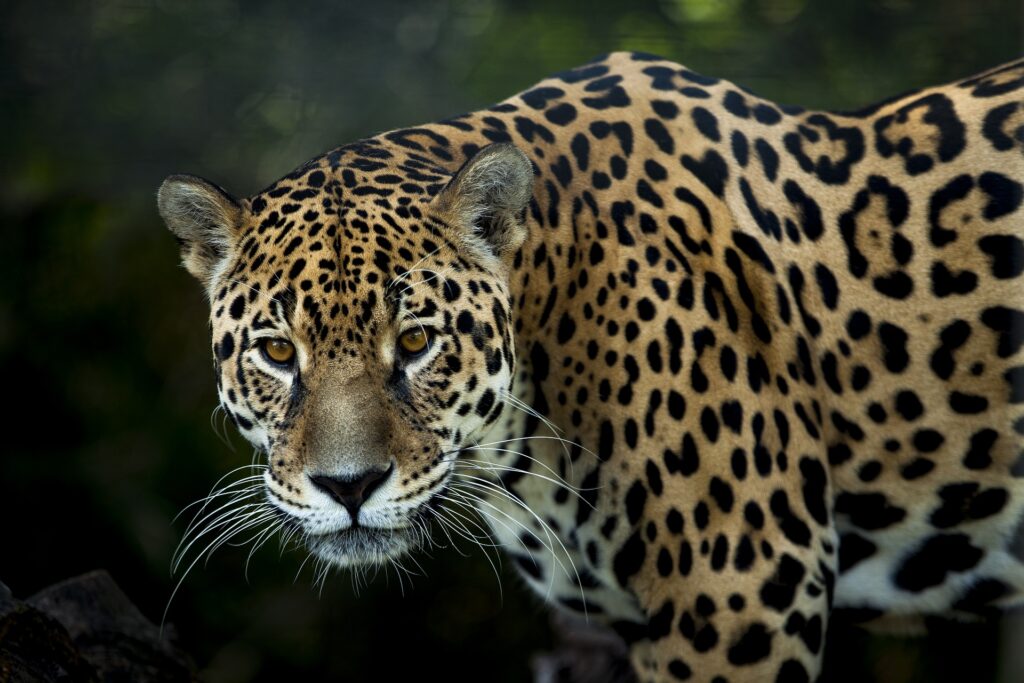Today’s world is not particularly kind to wild predators. Even though tigers have a fearsome reputation, over 90% of their original range disappeared over the past century. They are classified by the IUCN as an endangered species. It is only around 3500 of them left in total. Researches discovered that dams construction mainly in Asia has affected more than one-fifth of the world’s remaining tigers. Jaguars have seen population declines of up to 50% in some areas and are currently classified as near threatened. And they are going to face a growing threat as dams on their range are expected to quadruple.
Dams are destroying their natural habitat
Hydroelectric dams became a major reason for fragmentation, degradation, and habitat loss worldwide. Currently, there are 3700 dams under development. And more is underway. Most affected are tropical developing countries with a high level of biodiversity. A tropical biologist at the Southern University of Science and Technology in China, Luke Gibson, and his colleague Ana Filipa Palmeirim identified that 164 dams overlapping distribution of jaguars and another 421 dams intersecting the area of tigers. Of those 282 dams divides areas where tigers are resident. 90.7% of which in India.

An uncertain future for these big cats
Already, it doesn’t look very well for both species and it can get even worse. The researchers found 10 times more dams are planned within the jaguar range. The majority will be built in the Amazon, the Cerrado forest, and the Andes-Amazon frontier, with 319 dams planned near the jaguar habitat in Brazil. However, there are also strategies of how to reduce the negative impact of the dams. For example, expanding protected areas and carrying out further environmental impact assessments. Researchers say that National legislation needs to be adapted, also incorporate these recommendations and, act on them.
Source:
https://www.zmescience.com/science/dams-jaguars-tigers-habitat-11122021/
https://www.bbc.com/news/science-environment-59595962
Photo credit: Pixabay















